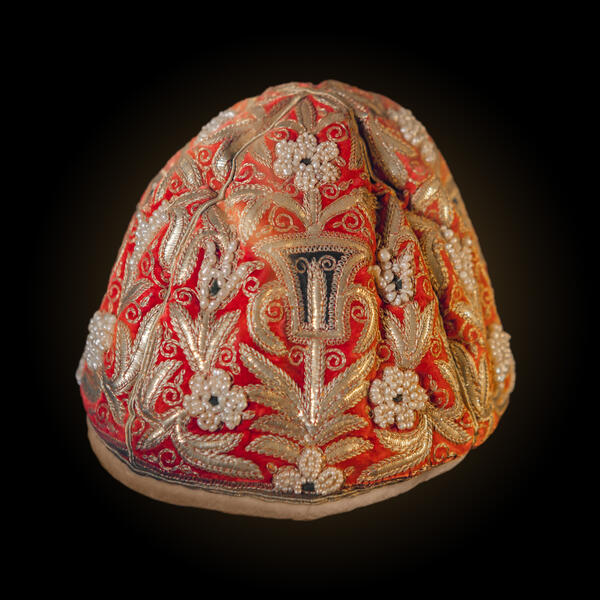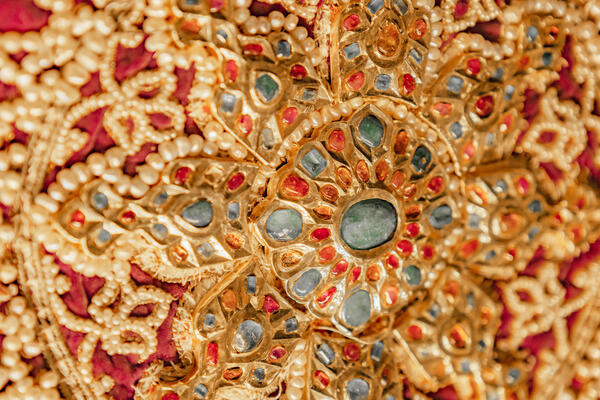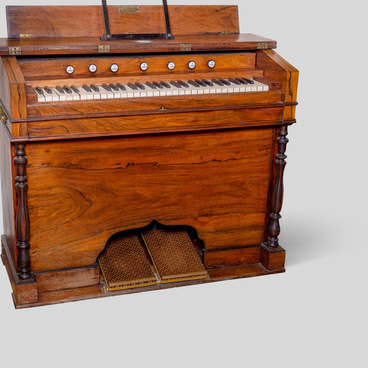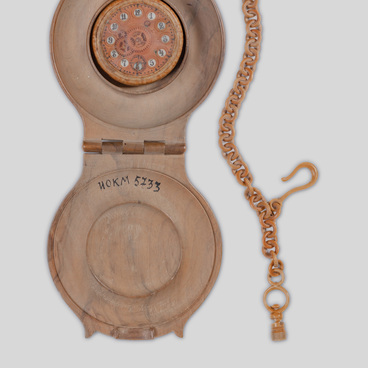The collection of the Ivanovo Museum of Local History named after Dmitry Burylin contains a robe and skullcap of the last Emir of Bukhara — Sayyid Mir Muhammad Alim Khan.
The purple velvet robe is embroidered with gold threads and adorned with gold plates, precious stones and pearls. The story of how the items ended up in the museum’s collection is unusual and relates to the famous Soviet commander Mikhail Vasilyevich Frunze. He was acquainted with Dmitry Gennadievich Burylin and assisted in finding new exhibits for the museum.
During the operations in the Emirate of Bukhara, which was part of the Russian Empire since 1868, the armies of local beys (rulers) were defeated in 1920, and the troops of Emir Alim Khan in Bukhara were blocked. The city was taken by storm, but the emir managed to escape with a large wagon train. The wagon train was partly captured by the horse detachment of Ernest Koujello. It contained personal belongings of the Emir and his close associates — Madamin Bey and Kunashir Bey. These items were sent as a gift to the museum in 1920 right from the personal train of Mikhail Frunze, the commander of the Southern Front.
Dmitry Gennadievich Burylin met Frunze in April 1918 during the Third Governorate Congress of the Council of Workers’, Soldiers’ and Peasants’ Deputies held in the Ivanovo Museum of Industry and Art. Dmitry Burylin, the founder of the museum, showed Frunze his collections and said that they would entirely belong to his hometown after he passed away. Mikhail Frunze promised the patron of the arts to send new items for the museum collections. The robe and the saber were first exhibited in the 1920–1930s as trophies of the Russian Civil War. With the outbreak of the Great Patriotic War, they were put away for safekeeping. They were occasionally exhibited during the Soviet years. Since 2006, the robe and the saber have been part of the permanent exhibition.
Sayyid Mir Muhammad Alim Khan graduated from the Saint Petersburg Nicholas Cadet Corps, where children of the highest military officials of the Russian Empire went. During his studies in Saint Petersburg, he struck up an acquaintance with a lot of people and also learned the Russian language. Sayyid Mir Muhammad Alim Khan ascended to the throne in 1910. He was friends with Nicholas II and opposed the Bolsheviks during the Russian Revolution and the Civil War. In 1918, he fled to Afghanistan, where he died in 1943.




